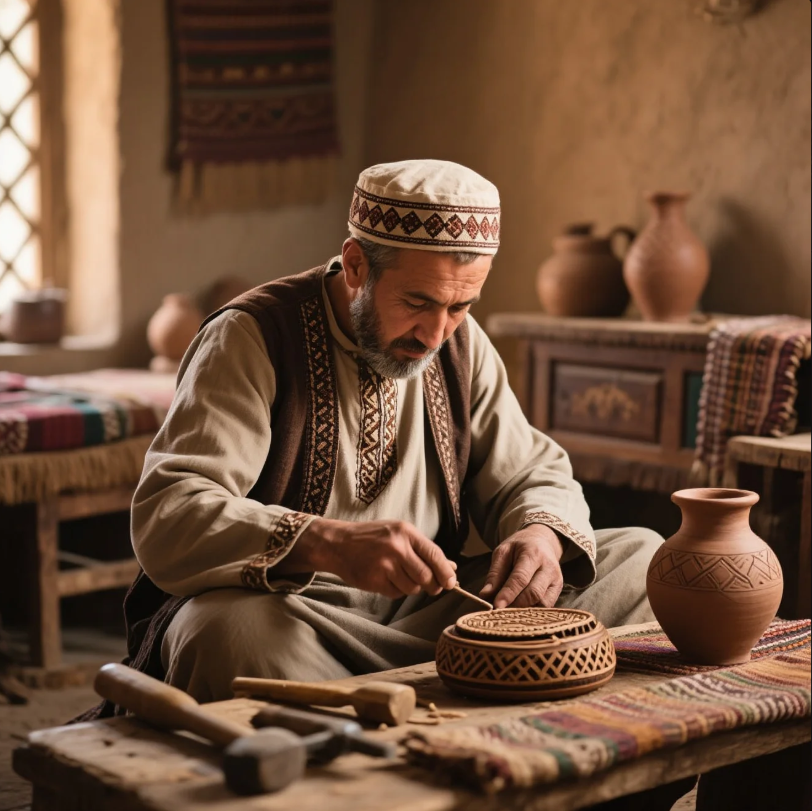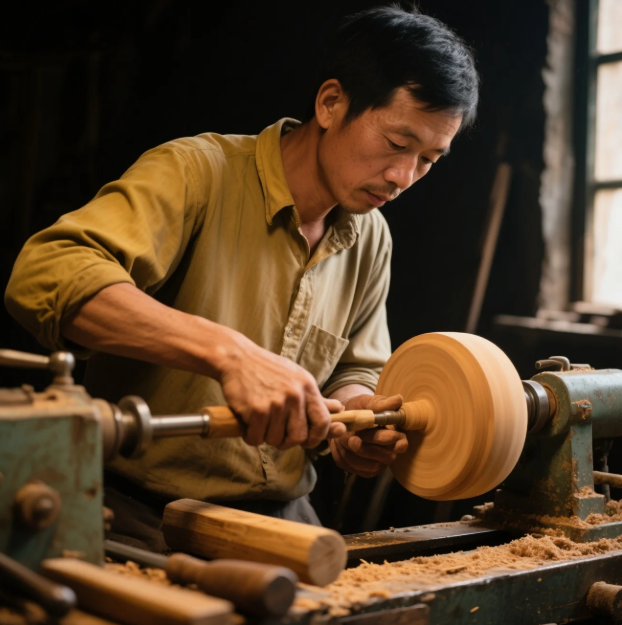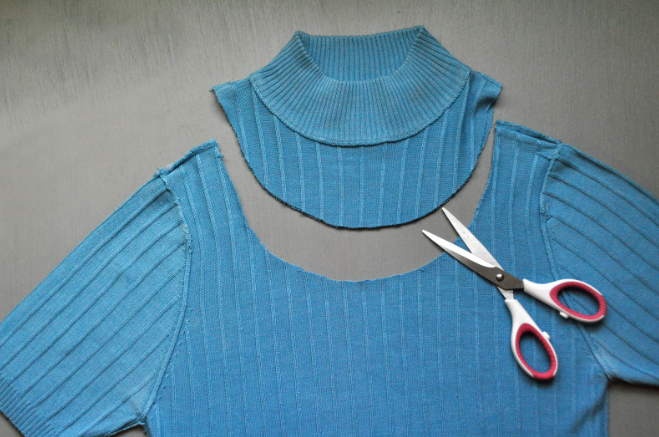
In a world where fashion trends zoom by faster than you can say “fast fashion,” a fascinating revolution is quietly brewing. It’s not about disposable outfits or runway extravaganzas made in some far-off sweatshop. Nope. This movement digs deep into the roots of human creativity — celebrating time-honored craftsmanship and weaving it seamlessly with modern sustainable fashion.
Welcome to the era where traditional meets modern, where the needle and thread of yesteryear inspire the eco-friendly wardrobes of tomorrow. If you think ancient skills and planet-saving style don’t mix, buckle up — this story is about to surprise you.
Why Should We Care About Traditional Craftsmanship Anyway?
Before diving headfirst into the dazzling world of embroidered silk and handwoven cotton, let’s take a moment to understand why traditional craftsmanship is not just a dusty relic from grandma’s attic but a vital key to sustainable fashion’s future.
For centuries, artisans from across the globe have perfected techniques passed down through generations — weaving, dyeing, embroidery, and beadwork. These aren’t just pretty skills; they’re sustainable practices by default. Handcrafting means less reliance on machines powered by fossil fuels, less waste, and materials sourced locally with care.
Unlike mass production, where piles of unsold clothes often end up in landfills, handcrafted pieces carry stories, sweat, and soul. They’re made with patience and respect — and that makes all the difference.
The Rise of Slow Fashion: When “Made With Love” Becomes a Statement
Fast fashion might offer cheap thrills, but it comes at a steep price: pollution, worker exploitation, and mountains of textile waste. In response, the slow fashion movement is gaining ground, championing quality over quantity, and sustainability over speed.
Traditional craftsmanship fits like a glove into this ethos. Every stitch on a handwoven sari or embroidered jacket whispers stories of culture and care. Wearing these pieces is like wearing a slice of history — a style statement wrapped in responsibility.
Weaving the Past Into the Present: Examples of Craftsmanship Making Waves
So, where do you spot these magic threads of tradition in modern fashion? Right in the heart of the industry’s most exciting innovation hubs.
1. The Timeless Charm of Ikat and Batik
These dyeing techniques from Indonesia and India have been around for centuries but are now lighting up the collections of eco-conscious designers worldwide. Ikat’s blurry, hypnotic patterns and Batik’s intricate wax-resist designs add unique flair without relying on synthetic dyes or harmful chemicals.
2. Embroidery: From Grandma’s Needle to High Fashion
The delicate art of embroidery has always been a labor of love. Today’s designers are taking it to new heights by partnering with artisan communities to create limited-edition pieces that showcase fine hand embroidery, whether it’s the floral Kashmiri patterns or the bold threads of Mexican Otomi art.
3. Handloom Wonders: The Fabric of Sustainability
Handloom textiles — think handwoven cotton, linen, and silk — are experiencing a renaissance. By weaving on traditional looms, artisans create fabrics with less energy consumption and minimal carbon footprint compared to industrial mills.
Brands tapping into these textiles aren’t just creating clothes; they’re saving livelihoods and reducing environmental damage — a win-win combo.
Modern Technology Meets Ancient Skill
You might wonder: how do these old-school techniques fit into a world obsessed with technology? Surprisingly well.
Thanks to innovations like 3D printing and digital embroidery machines, designers now blend precision with tradition. Some brands even use blockchain to ensure transparency in the supply chain, so you know your embroidered blouse was ethically crafted by real hands, not robot factories.
Imagine scrolling through your favorite sustainable brand’s app, watching a mini-documentary of the artisan who dyed your dress with natural indigo — that’s tech enhancing tradition in the coolest way.
The Eco-Friendly Edge: Why Traditional Means Sustainable
Let’s get real — the fashion industry’s environmental impact is massive. From water pollution to carbon emissions, the footprint is hard to ignore. But traditional craftsmanship often flips the script.
- Natural materials: Many traditional crafts rely on organic fibers like cotton, hemp, or silk and use natural dyes from plants, minimizing chemical runoff.
- Local sourcing: Artisans typically work with locally sourced materials, slashing transportation emissions.
- Durability: Handmade items tend to be sturdier, meaning they last longer and don’t contribute to the throwaway culture.
How You Can Support This Movement (Without Moving to a Village in Bali)
Okay, so you’re sold on the idea of supporting sustainable fashion through traditional craftsmanship — but how do you jump on the bandwagon without breaking the bank or buying a plane ticket?
Here are some savvy tips:
- Research before you buy: Look for brands that openly share their sourcing stories and artisan partnerships.
- Invest in quality, not quantity: One well-crafted piece will outshine a pile of cheaply made fast fashion.
- Mix and match: Incorporate traditional pieces as statement items with your everyday wardrobe.
- Care for your clothes: Handcrafted garments deserve handwashing and TLC to keep them looking fab for years.
- Explore local markets: You don’t need to travel far to find artisan crafts. Many cities have fair trade stores or pop-up markets.
Challenges and Criticisms: Not All That Glitters Is Gold
While the blend of traditional craftsmanship and sustainable fashion sounds perfect, it’s not without challenges.
- Scaling production: Handcrafted items can’t be mass-produced, making it harder for brands to meet demand.
- Pricing concerns: Ethical craftsmanship often comes with a higher price tag, which may deter some shoppers.
- Cultural appropriation: There’s a fine line between cultural appreciation and exploitation. Brands must engage respectfully with artisans and their heritage.
The Future Looks Bright — and Beautifully Crafted
Despite hurdles, the union of traditional craftsmanship and sustainable fashion is more than a trend — it’s a movement toward mindful consumerism, cultural preservation, and environmental responsibility.
As more designers innovate, blending centuries-old techniques with contemporary styles, the fashion industry gets a much-needed makeover. And for consumers, it means you can rock outfits that not only look incredible but also tell a story and protect the planet.
So next time you slip into that handwoven jacket or admire intricate embroidery, remember — you’re wearing more than just fabric. You’re wrapping yourself in history, artistry, and hope for a greener, more beautiful world.
If you’re curious to explore this fusion of tradition and sustainability, start with a small step: seek out a handcrafted piece, cherish it, and let your style speak volumes — about your taste, your values, and your love for our planet. 🌿✨



